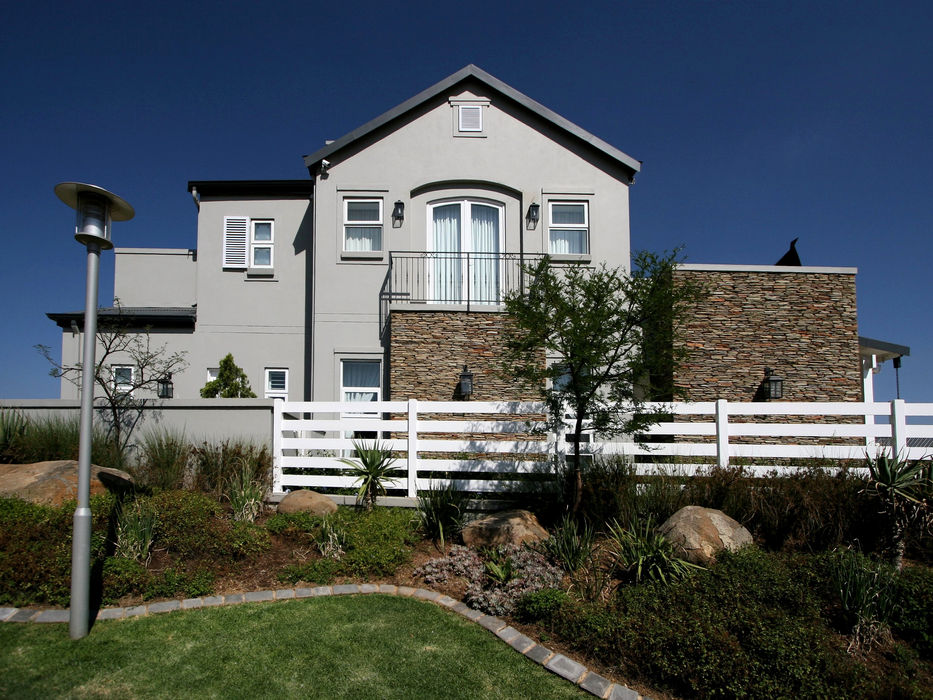top of page

OUR PRODUCTS
Diverse solutions tailored to your every need

ABOUT
About Teva Windows
For close to 2 decades, Teva Windows has been a trusted name in the South African construction and renovation space — delivering quality aluminium, uPVC, and glazing solutions to homeowners, builders, and architects nationwide.
We specialise in energy-efficient, low-maintenance window and door systems designed to perform in South Africa’s diverse climates, from coastal homes to inland developments. With a focus on durability, design, and expert service, we’re proud to help create homes that are comfortable, modern, and built to last.
Some Of Our Partners





Frequently asked questions
Aluminium
uPVC
Window Glazing
RECENT PROJECTS
bottom of page




























